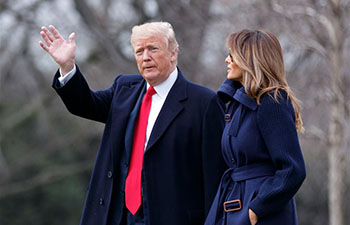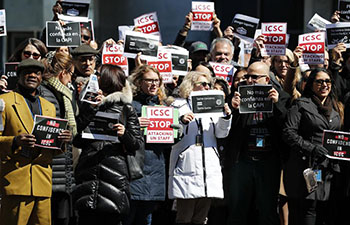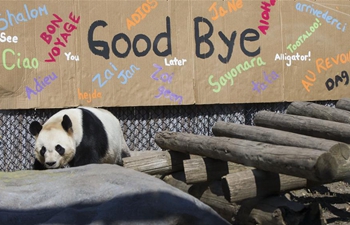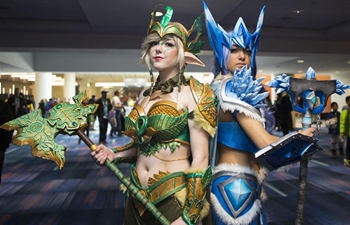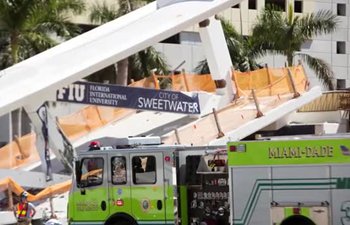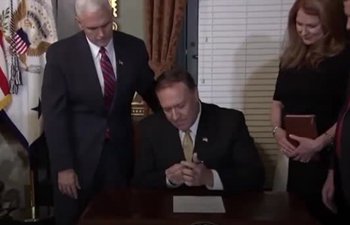by Raul Menchaca
MATANZAS, Cuba, March 21 (Xinhua) -- In the nearly six decades since it was launched, the Crocodile Breeder in the Zapata Swamp, about 170 km southeast of capital Havana, is continuing its mission to save the Cuban crocodile and provide jobs for farmers.
The center was launched on March 19, 1959, after the late Cuban leader Fidel Castro toured the area by helicopter.
Castro asked Kiko Alzugaray, a coal miner, to establish a center to protect the crocodiles and Alzugaray and his companions, though they were mostly illiterate, initiated the project.
Today, it is a unique center of its kind, which besides working to conserve the species, the crocodylus rhombifer, also conducts research.
Alzugaray's nephews and grandchildren still work in the center, which boasts some 4,000 crocodiles.
About 500 baby crocs hatch out at the center's hatchery every year and of them, 97 percent reach adulthood.
The center also has six staffs, two specialists, a biologist and a veterinarian.
In an experiment two years ago, 100 crocodiles were released in the Hanabana Canals in southern Cuba, within the 700-square-km area of the Zapata Swamp. At that time, they measured between 0.90 and 1.60 meters.
Now the researchers are preparing a one-week expedition to check how many survived and how many have dispersed.
The work is hard because the counting is done manually, looking for each animal in the labyrinthine swamp, something the researchers hope will be improved through international cooperation.
Biologist Ethian Arturo Perez said the recent edition of the Crocodile Festival, an annual event held in Florida, the United States, was dedicated to Cuba and raised about 50,000 U.S. dollars.
With that money, the hatchery wanted to buy global position system equipment to track the animals, but the embargo imposed on the island by Washington has complicated the purchase and shipment of the devices.
The center also maintains cooperation with the Association of Zoos and Aquariums of the United States and the Mohamed bin Zayed Species Conservation Fund based in the United Arab Emirates.
In addition to the subsidies offered by the Cuban government and donations, the hatchery also raises funds from tourist visits and sales from the small taxidermy workshop attached to the center.
The care and conservation of this endemic species is a challenge because the area in which they live is very small and any change in the habitat poses potential survival risks for the the rhombifer. However, besides conservation reasons, there is a sentimental factor as well. The animal looks like the shape of Cuba on the map.







